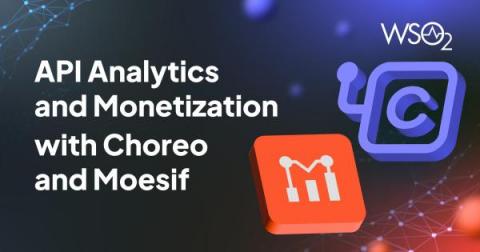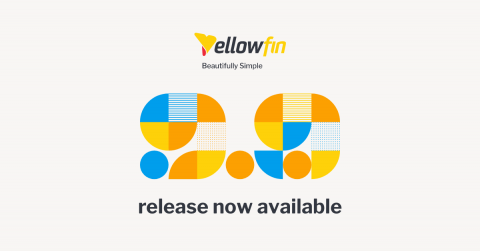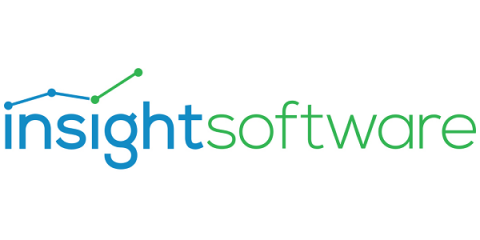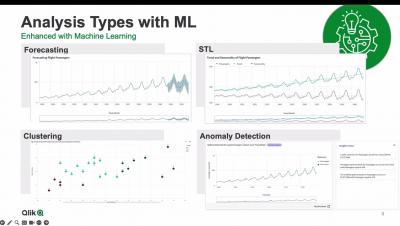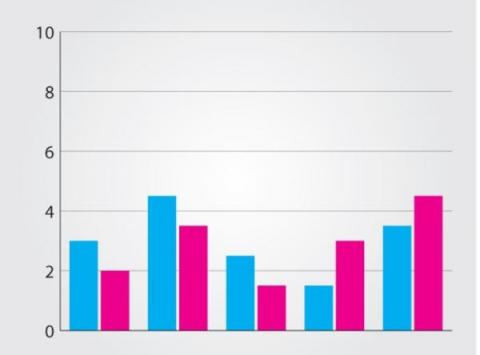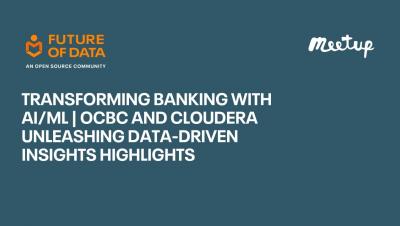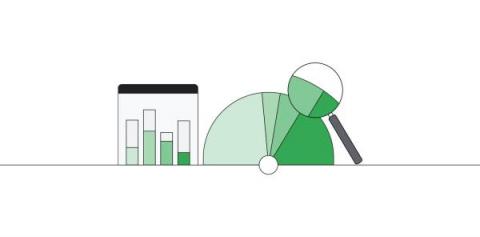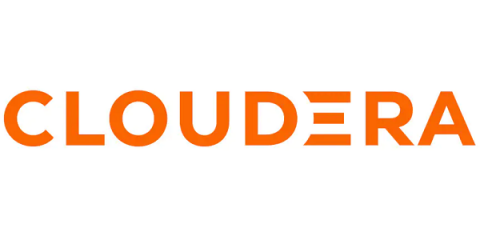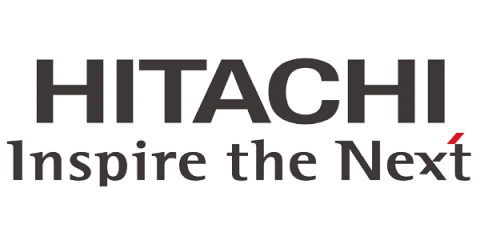API Analytics and Monetization with Choreo and Moesif
We're excited to announce the partnership between Choreo and Moesif, bringing you an integration for improved API analytics and monetization. Choreo is our application development suite designed to accelerate the creation of digital experiences. It simplifies the process of building, deploying, and monitoring cloud-native applications, boosting productivity and fostering innovation in organizations.

